LaTeX templates and examples — Posters
Showcase your work at conferences, class presentations, or university open days with these eye-catching LaTeX poster templates. Switch between landscape or portrait, A0, A1, A2, A3, and A4 size posters.
Recent
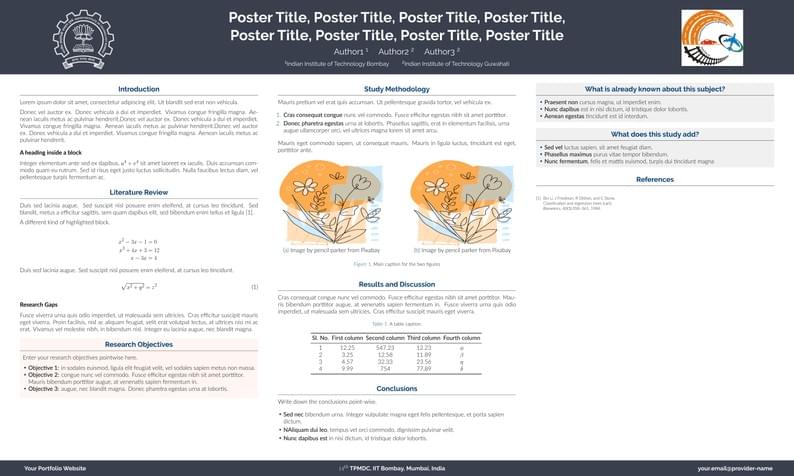
This is an unofficial Indian Institute of Technology Bombay Poster Presentation Template (modified version). Feel free to use it, modify it, and share it.
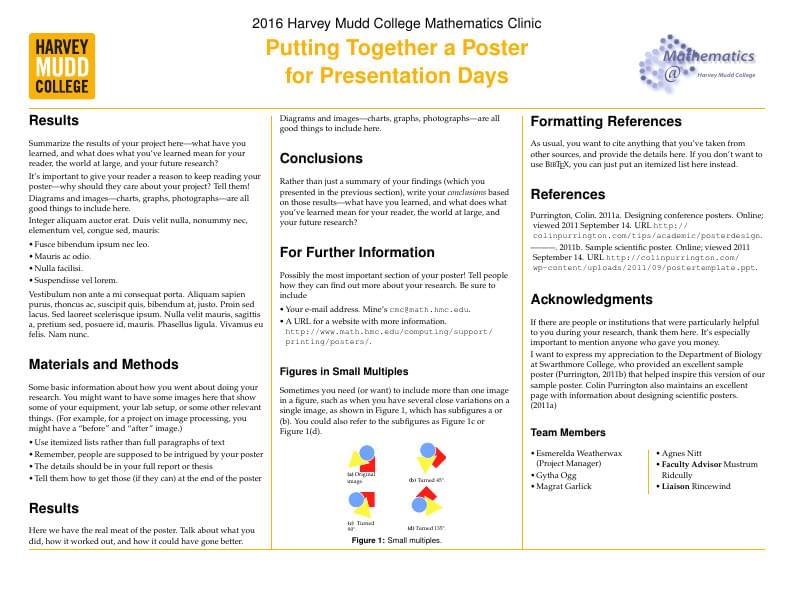
LaTeX template for posters from Harvey Mudd College. This template was uploaded by the Overleaf team in December 2019 to replace an old version originally published on ShareLaTeX. Original source: https://github.com/hmcmathematics/thesis-poster. Further information: https://www.hmc.edu/mathematics/student-mathematics-resources/mathematics-posters/.
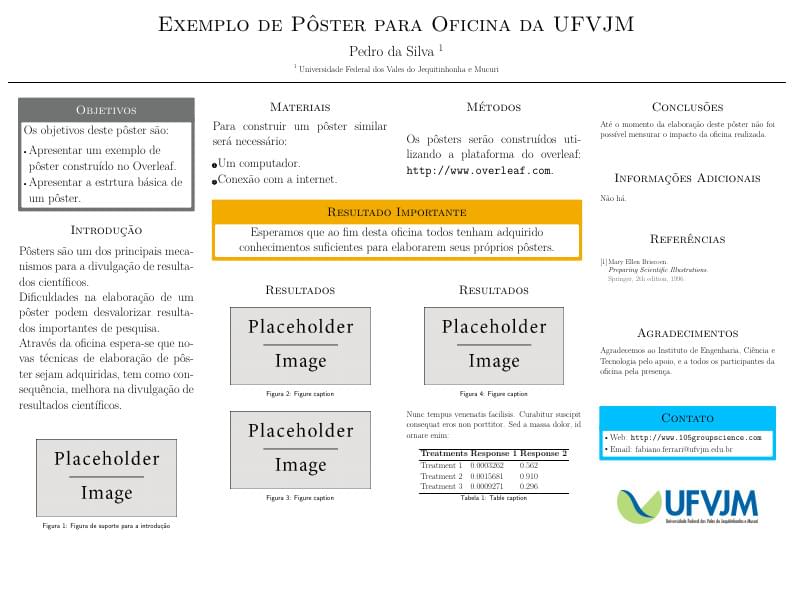
Modelo para oficina de pôster
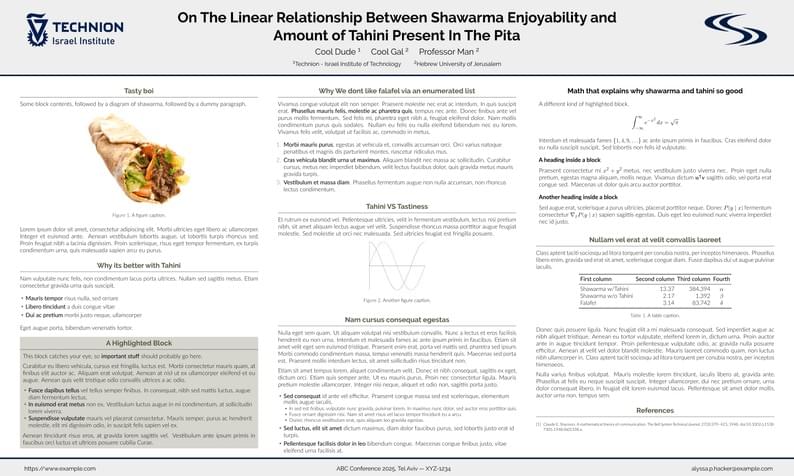
Unofficial Poster Template for Technion Computer Science. I kind of just did this for fun. It is copied from the UChicago one: https://www.overleaf.com/latex/templates/unofficial-poster-template-for-uchicago-computer-science/kbbmbdxwbypb
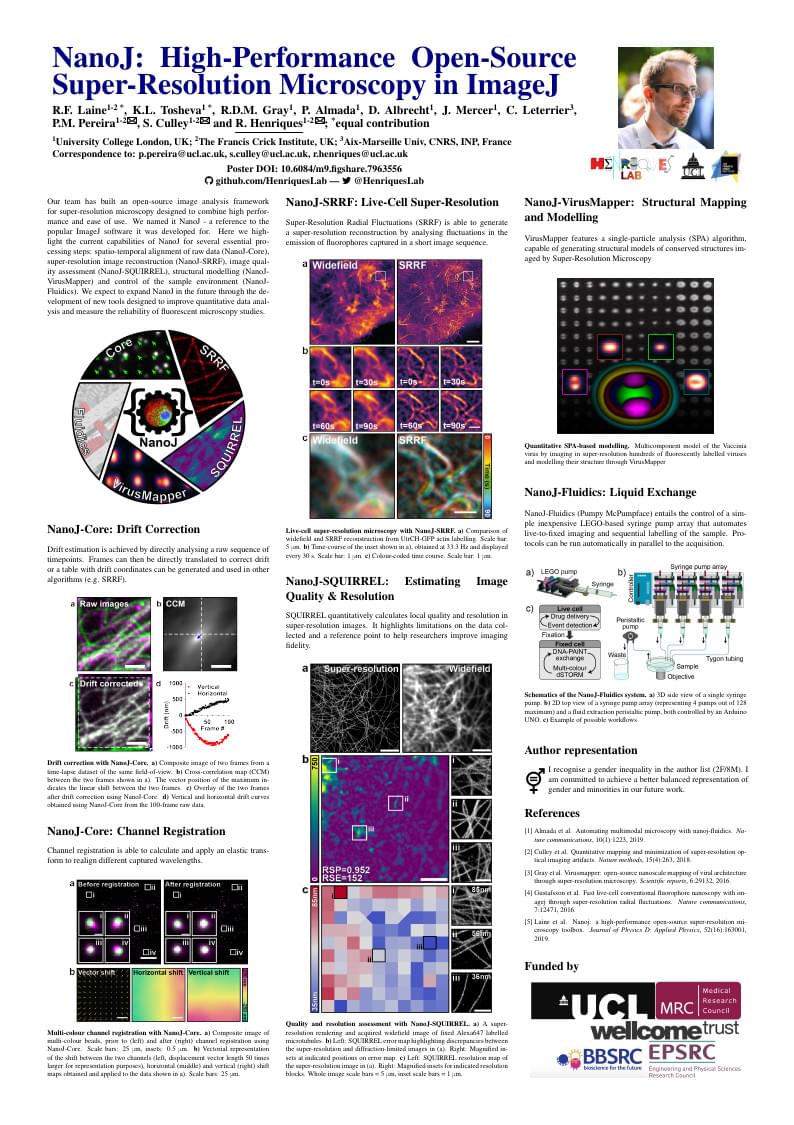
Poster used in FOM 2019 by HenriquesLab, happy for it to be used as a template for other to modify
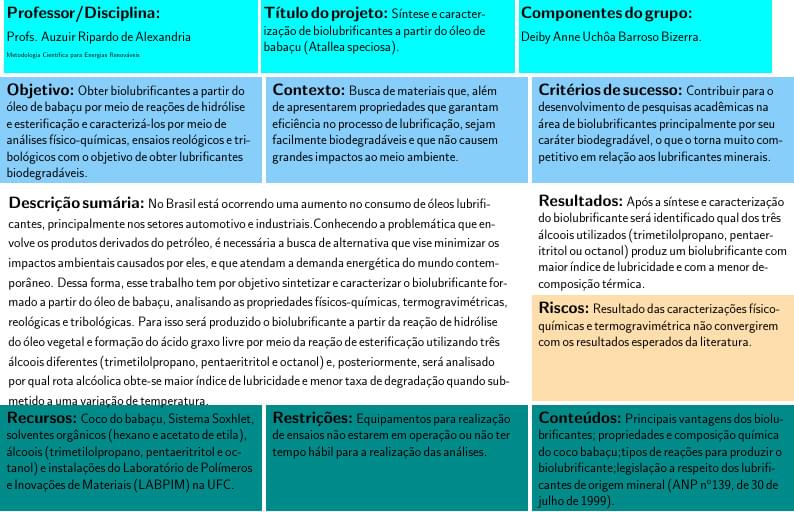
Trabalho 4 - Metodologia Científica
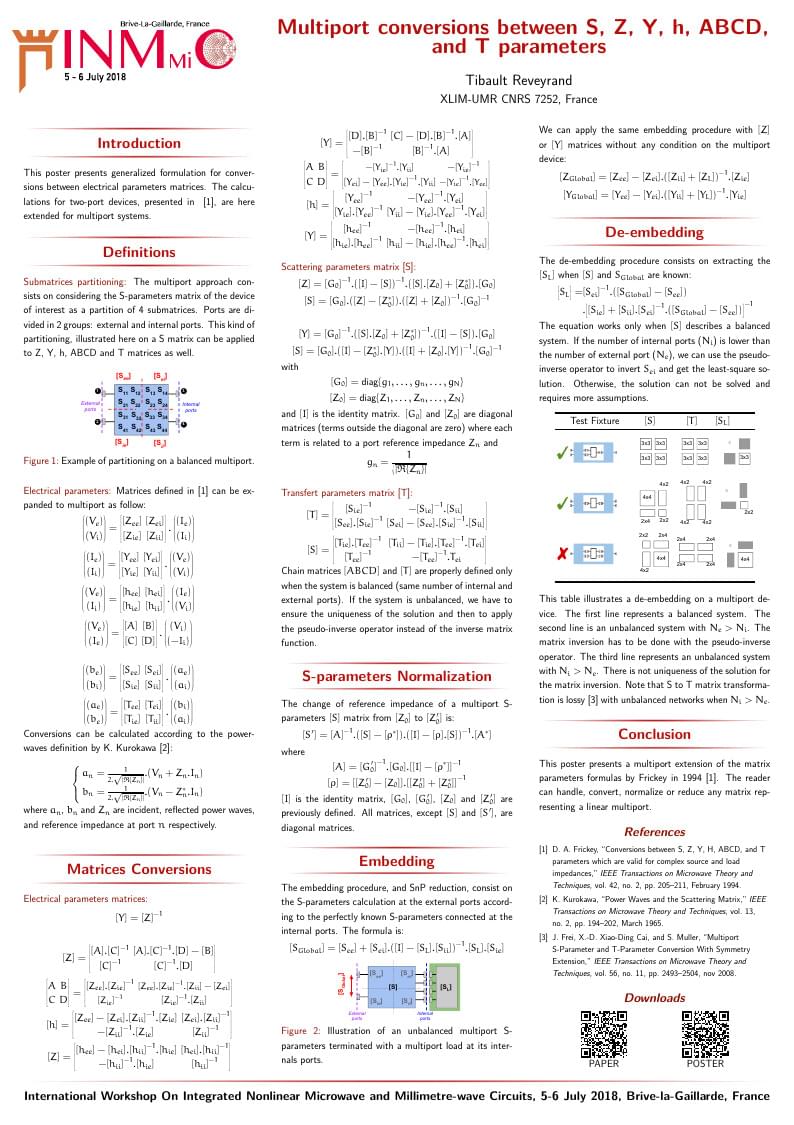
«Multiport conversions between S, Z, Y, h, ABCD, and T parameters.» Integrated Nonlinear Microwave and Millimetre-wave Circuits (INMMIC 2018), Brive-la-gaillarde, France, July 2018. Article: http://www.microwave.fr/publications/151.pdf Poster: http://www.microwave.fr/publications/151p.pdf
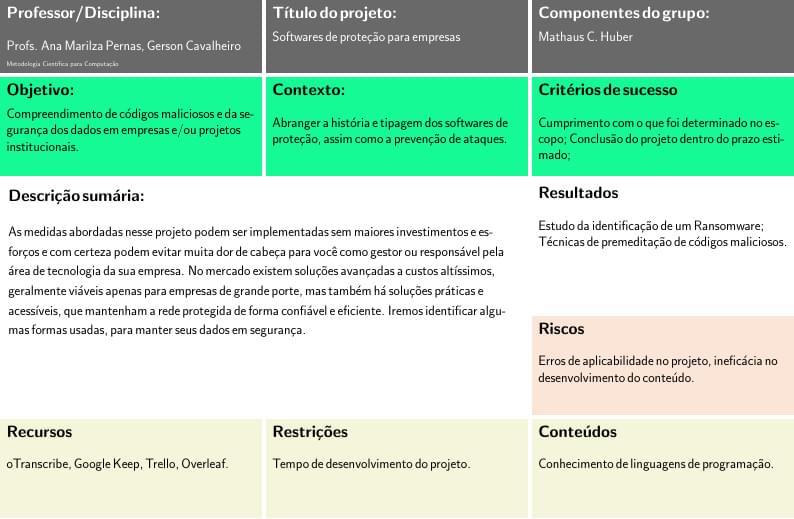
MCC Canvas. Created from the English Project Canvas template.

Simple project canvas. In order to use it, fill the empty custom nodes in the lower part of the template.
\begin
Discover why over 20 million people worldwide trust Overleaf with their work.